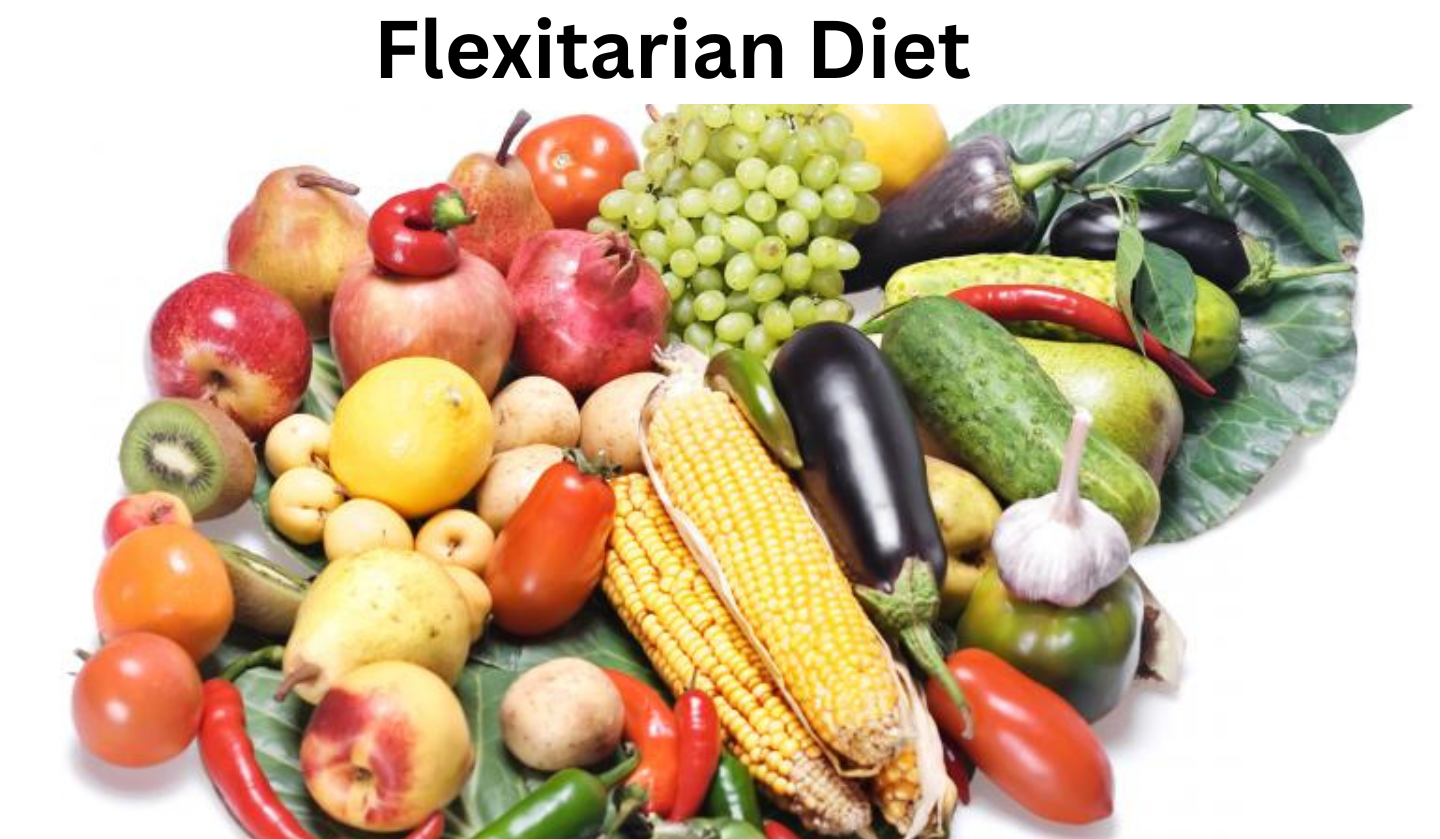Table of Contents
ToggleFlexitarian Diet:
If you’re looking for a healthy diet that doesn’t involve strict calorie counting and allows you to enjoy meat to death, so flexitarian diet for weight loss is here. In its simplest definition, a vegan is a combination of the words flexible and vegetarian.
flexitarian diet for weight loss is a crossover between full vegans and vegetarians with the ability to enjoy animal products often. Registered Dietitian Gate Patterns Med, RD, CSSD, and LD, describe the ins and outs of this eating pattern.
What to know about the flexitarian diet:
The Flexitarian Diet is listed as the number two best diet in US News’ Best Diets ranking, given a high ranking because it offers a simple, healthy, straightforward way of eating, and it’s there.
A flexible diet is basically a flexible alternative to being a vegetarian, so you’re also focusing on flowers, vegetables, whole grains, beans, and nuts, but you still enjoy meat occasionally.
So if vegetarianism doesn’t appeal to you entirely because you love a good burger, a flexible diet may be for you, but it’s still worth noting that your diet focuses on reducing your overall meat intake.
“I think people gravitate toward this diet because you can be a little more flexible on a flexitarian diet for weight loss,”
flexitarian diet for weight loss is strict, but there are guidelines for how much and why you should eat meat depending on your level of commitment. It depends on your level of commitment to the way you eat.
You can eat nine to 28 ounces of meat a week, but that’s the beauty of eating this way.
When it comes to cutting out meat, there are three basic steps to this eating style sch as:
Stage 1:
When someone is first starting a flexitarian diet for weight loss, it is recommended that they eat meat two days a week. In the initial phase, you should keep your total meat intake to no more than 28 ounces per week for both of them. In the initial phase, you should keep your total meat intake to no more than 28 ounces per week for both of them.
Stage 2:
As you progress through the flexitarian diet for weight loss and get used to eating more fruits and vegetables, focus on an all-vegetarian diet three to four days a week and eat no more than 18 ounces of meat the rest of the week.
Stage 3:
Follow a vegetarian flexitarian diet for weight loss for five days out of seven days in a week, eat meat for two days, and don’t eat more than nine servings in total, it will be very good for your health.
Types of meat to eat:
Remember that the overall goal of this flexitarian diet for weight loss is to eat more nutrient-dense plant foods and less meat. When you add meat to your diet, you may fail, whether it’s free-range chicken gas-fed beef, or chicken. Yes, and always choose lean leeks to reduce excess animal fat.
Choosing good foods will help you a lot. Since a flexitarian diet for weight loss isn’t vegan or vegetarian, you can decide for yourself if you want to include fish.
Just be sure to choose lean varieties Bachkin says that when it comes to protein, your main focus should be on getting the majority of your protein from plants rather than animals.
https://www.healthline.com/nutrition/flexitarian-diet-guide
Risks and benefits :
The flexitarian diet for weight loss does just that because this way of eating has many benefits such as:
flexitarian meal plan
-
- Decreased risk of heart disease.
-
- Weight loss.
-
- reduced risk of Type 2 diabetes
-
- It may help prevent cancer. It’s good for the environment since you are decreasing your meat consumption and also reducing your carbon footprint.
Even with all the benefits of this eating pattern, there are still risks for some people. Cutting down on meat can lead to vitamin B12 and many other nutrient deficiencies. Also, some people with IBS don’t do well with a lot of plant-based foods. They may not do well with a very plant-based diet.
Foods to eat on the flexitarian diet for weight loss :
Patton says that you should always aim to eat the most natural foods with the least amount of processing, and you don’t need to be fussy about calorie counts on a junk food diet. Because if you’re eating plant-based foods that come from the earth, it doesn’t have to be processed and it’s going to be in its natural form.
-
- Fruits.
-
- Vegetables.
-
- Plant protein beans such as black, kidney or navy, edamame, chickpeas, lentils, and tofu, etc.
-
- Whole grains brown rice, oats, barley, and quinoa.
-
- Eggs are also included.
-
- Dairy (cheese, yogurt, or dairy alternatives), etc.
-
- Nuts, nut butter, seeds, and also healthy fats.
-
- Oils, herbs, and spices.
There are some Limits to eating foods:
Meat and poultry (lean cuts of beef, chicken breast, turkey breast).Fish (salmon, tilapia, cod, shrimp), etc.Anything with added sugar or refined carbohydrates.
But the best bean-based burgers can be found next week, with its canned sister and lentil soup and bean-based pasta to start, but in the end, it’s even better, Patton says. Make your own homemade version and make a snake by being adventurous with this food.
A flexible and other plant-based flexitarian diet for weight loss can be very healthy when planned well.
However, some people may become malnourished and at risk when they cut back on meat and other animal products, affecting the nutritional content of their other food choices.
https://health.clevelandclinic.org/what-is-the-flexitarian-diet
Among the deficiencies are the following:
-
- vitamin B12
-
- zinc
-
- iron
-
- calcium
-
- omega-3 fatty acids.
A scientific review of vitamin B12 deficiency found that vegetarians may be at risk of deficiency, with 62 percent of pregnant vegetarians and 90 percent of pregnant vegetarians deficient. Vitamin B12 is found naturally only in animal products, but B24 foods can also be part of a healthy diet. Is B2 necessary or not?
Salicylic acid may also reduce zinc and iron stores because these minerals are better absorbed in animal feed.
Although it is possible to obtain sufficient amounts of these nutrients by eating plants alone, careful planning of your diet is necessary to ensure that the legume and its plants meet their needs.
Most nuts, whole grains, and legumes contain both iron and zinc.
Adding a source of vitamin C is a good way to increase iron absorption from plant-based foods.
Some flexible diets may restrict and require a small plant-based diet to obtain adequate amounts of this nutrient.
Plant foods include bok choy black chard and oilseeds.
Strict vegetarians and vegans should be careful to get enough omega-3 fatty acids, which are commonly found in fatty fish.
Keep in mind that flexible eating gives you the flexitarians to consume different amounts of meat and animal products.
Foods to eat on the Flexitarian Diet:
Flexitarians follow a diet of plant proteins and other complete, minimally processed plants while limiting animal products.
These are some Foods to eat regularly, including:
-
- Proteins: soybeans, tofu, tempeh, legumes, lentils, etc.
-
- Non-starchy vegetables: greens, bell peppers, Brussels sprouts, green beans, carrots, and cauliflower also.
-
- Starchy vegetables: winter squash, peas, corn, sweet potato
-
- Fruits: apples, oranges, berries, grapes, cherries
-
- Plant-based milk alternatives: unsweetened almond, coconut, hemp, and soy milk.
-
- Condiments: reduced-sodium soy sauce, apple cider vinegar, salsa, mustard, nutritional yeast, ketchup without added sugar, etc.
-
- Beverages: still and sparkling water, tea, coffee also.
Some foods to minimize on the flexitarian diet:
The flexitarian diet not only encourages limiting meat and animal products but also limits highly-processed grains and added sugars.
There are some Foods to minimize, including:
-
- Processed meats: bacon, sausage, bologna etc. Refined carbs: white bread, white rice, bagels, and also croissants.
-
- Added sugar and sweets: soda, doughnuts, cakes, cookies, candy, etc.
-
- Fast food: fries, burgers, chicken nuggets, milkshakes, etc.
https://health.usnews.com/best-diet/flexitarian-diet
The bottom line:
The semi-vegetarian Flexiterrain diet is based on healthy plant proteins and other complete minimal protein plants and focuses on foods but encourages eating meat and animal products in moderation.
Eating a celibate diet can help you lose weight and lower your risk of heart disease and type 2 diabetes. It’s also good for the planet.
Planning your flexitarian food choices is important to prevent malnutrition and get the most health benefits.





Well done
Well done 💯